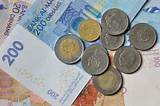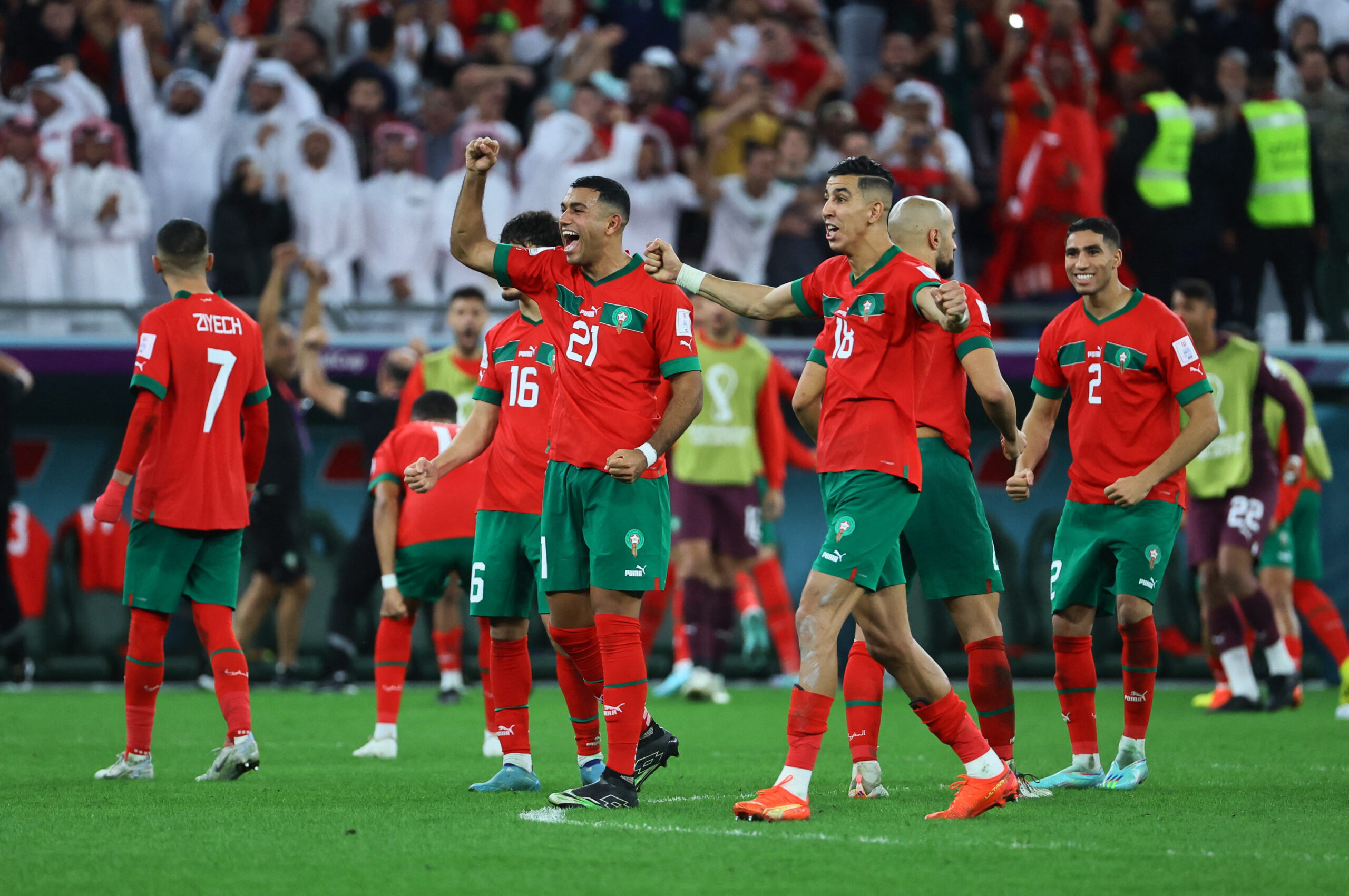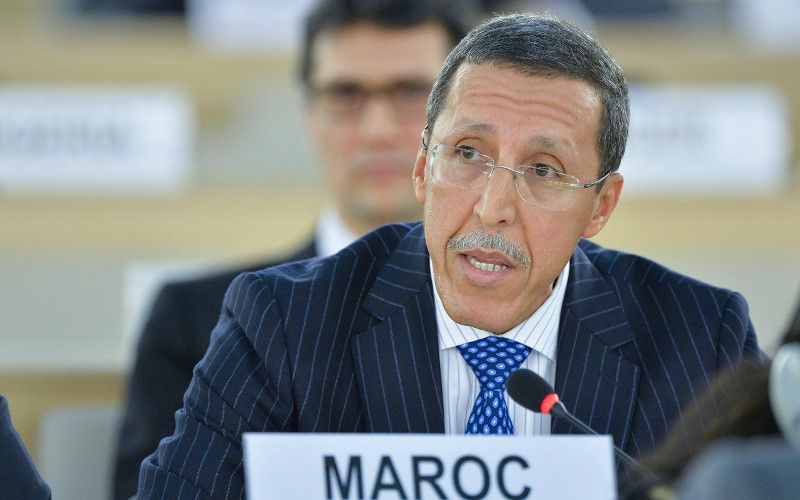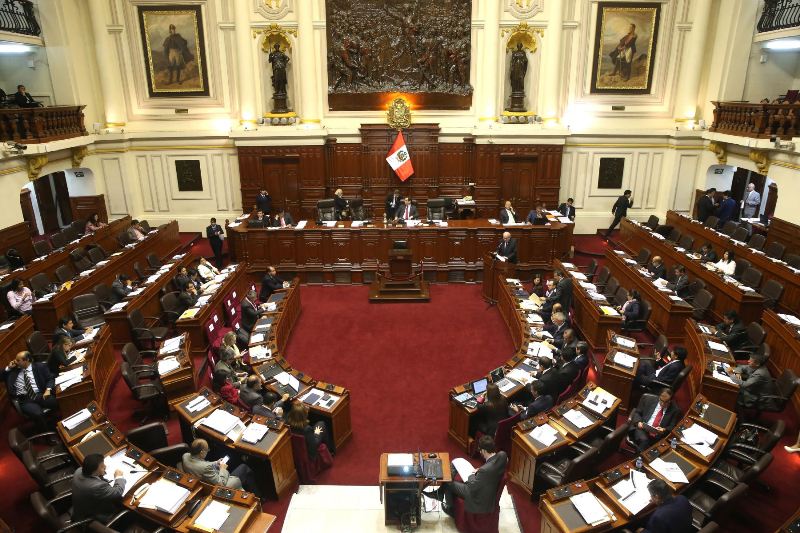 Morocco’s Central Bank, Bank Al Maghrib, said it will launch the gradual float of the Dirham as of June in collaboration with the IMF to reach a flexible exchange rate system.
Morocco’s Central Bank, Bank Al Maghrib, said it will launch the gradual float of the Dirham as of June in collaboration with the IMF to reach a flexible exchange rate system.
In a statement to Reuters, Governor of Bank Al Maghrib, Abdellatif Jouahri, said that the first stage of Dirham liberalization will start in June, auguring a process that may last 15 years before reaching full flexible exchange system.
Morocco has announced plans for the liberalization of the pegged Dirham in collaboration with the IMF, which advocates a flexible exchange regime to strengthen the competitiveness of the Moroccan economy and its resilience against external shocks.
Buoyed by increasing demand on its phosphates and low oil prices, Morocco finds in the current economic context propitious conditions for the gradual float of the Dirham as its imports have been reduced in return for bolstered revenues.
A flexible exchange regime will enable the Central Bank to lead a more independent monetary policy through a progressive approach that started with fixing the Dirham exchange rate via a peg that is 60 percent weighted to the Euro and 40 percent to the Dollar.
The peg would be eased to allow the currency to trade within a narrow range with the trading band gradually widening with a view to fully removing the peg in a few years.
This cautious and gradual approach will enable the Moroccan economy to wither the risks of a hastened Dirham float and the potential devaluation that may ensue.
Morocco has undertaken reforms to strengthen public finances by maintaining inflation under control and ending subsidies for fuel as well as curbing public sector employment, these measures reduced significantly the country’s resort to foreign debt of which 75% is in Euro.
A stable tourism market, a promising agricultural output following abundant rainfall and a subsidy reform helped boost Morocco’s foreign exchange reserves, which now cover 7.6 months of imports, compared, according to the World Bank, to 6.4 months of imports by the end of 2016.


